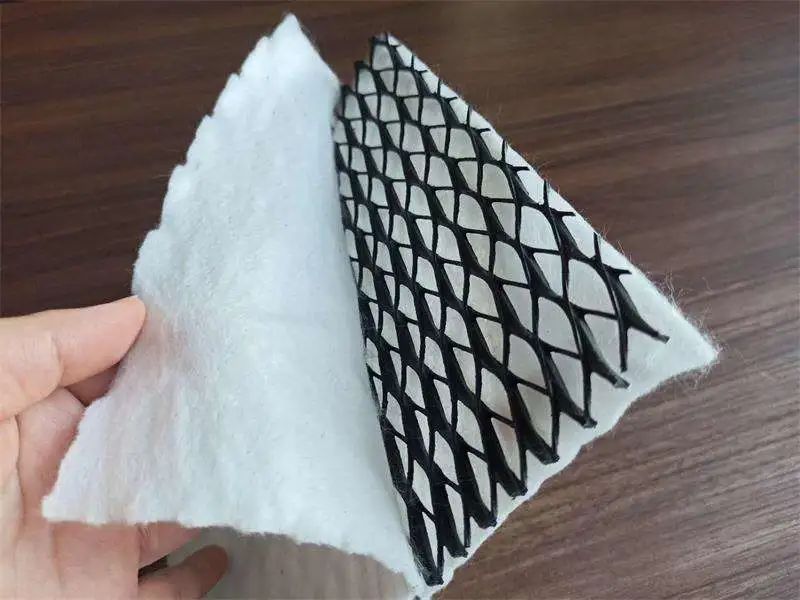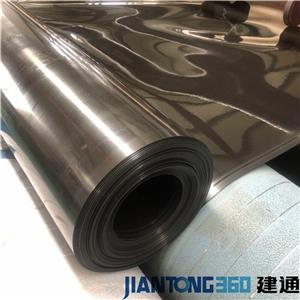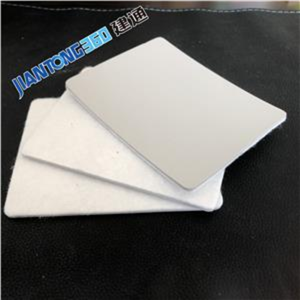Construction method of composite geotechnical drainage network
1.Composite geotechnical drainage network is a new type of geosynthetic material made by wire fusion network. It has high pressure resistance, high opening density, and has the function of comprehensive water collection and horizontal drainage.

2.First of all, the site prepared for construction should be cleaned and cleaned, with no floating soil, stones, concrete bumps or other sharp objects.
3.Lay the drainage sheet on the site according to the design requirements. When the length of the drainage site exceeds the length of the drainage sheet, the connection shall be made. The connection mode was nylon buckle, 8-10cm apart. The width direction does not require a connection.
4.Water guides are installed at the retaining wall, which mainly gather rainwater and drain water from the drainage hole. The water guide block is cut with plastic seepage drainage sheet with 100-200mm width and 50mm thickness. The installation length is determined according to the width of the drainage site.
5.After the installation of the drainage pad and water guide block is completed, the geotextile shall be laid. When the two pieces of geotextile are overlapped, the overlapping width shall not be less than 200mm.
6.When the geotextile is laid to the retaining wall, it is rolled over to the height of hmm above the water guide block, generally h=100~150mm. Double fold the geotextile and fix it to the parapet (or retaining wall) with the geotextile fixing tape.
7.The geotextile fixing tape is 50mm wide, 8mm thick wood strip coated with asphalt, nailed to the parapet (or retaining wall) to fix the geotextile.
8.The water collected by the water guide block is discharged from the drainage hole to the gutter or rainwater ditch, and the drainage hole is at the lower part of the wall (or retaining wall). The size of the drainage hole is 120mm 60mm, and the spacing between the two drainage holes is 1-2m.




